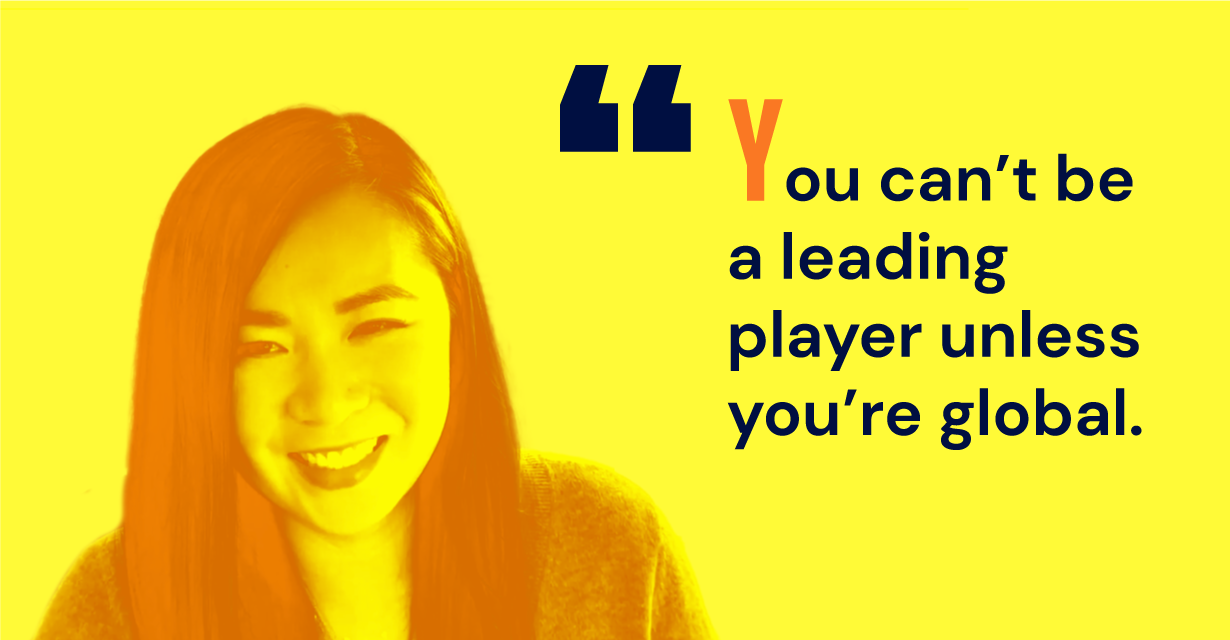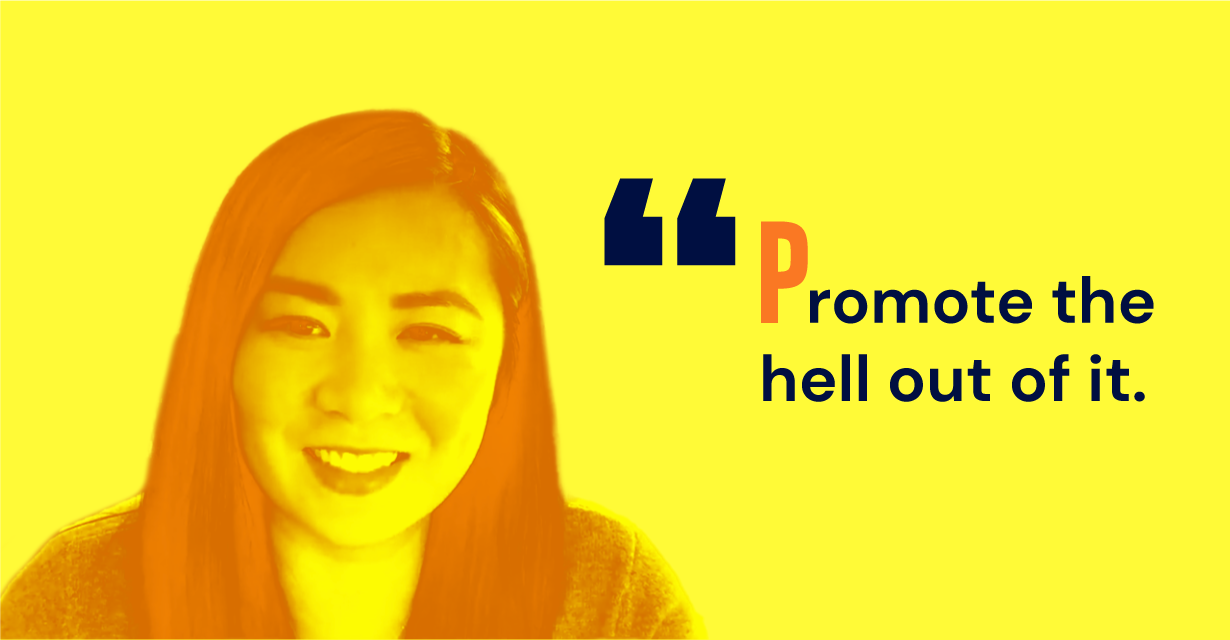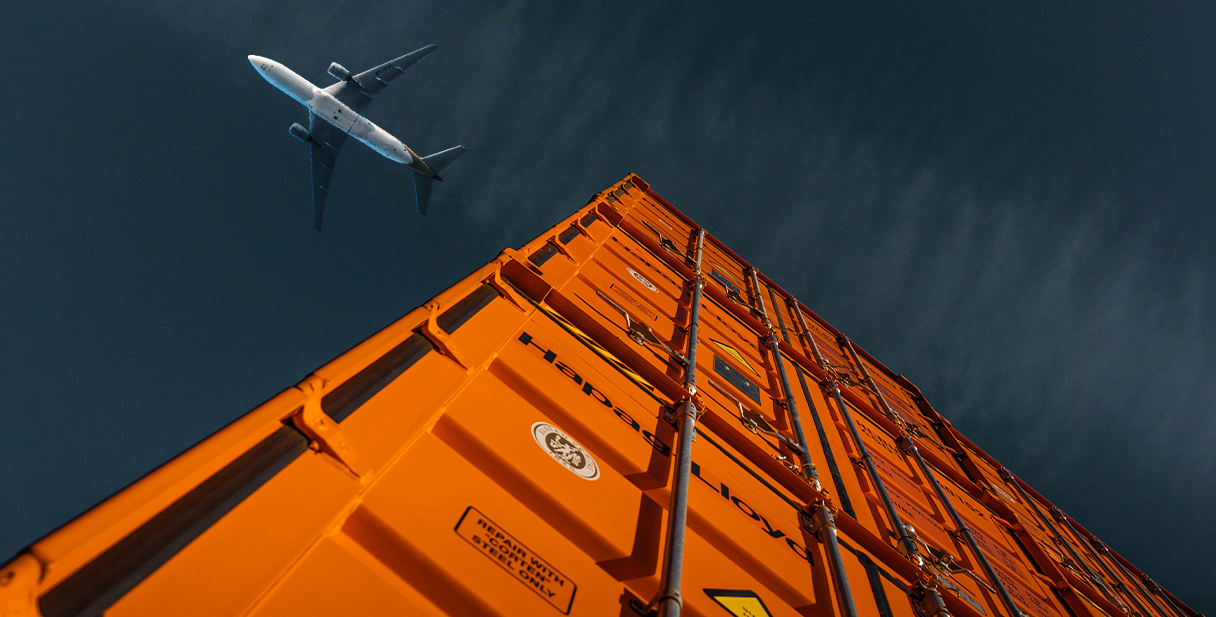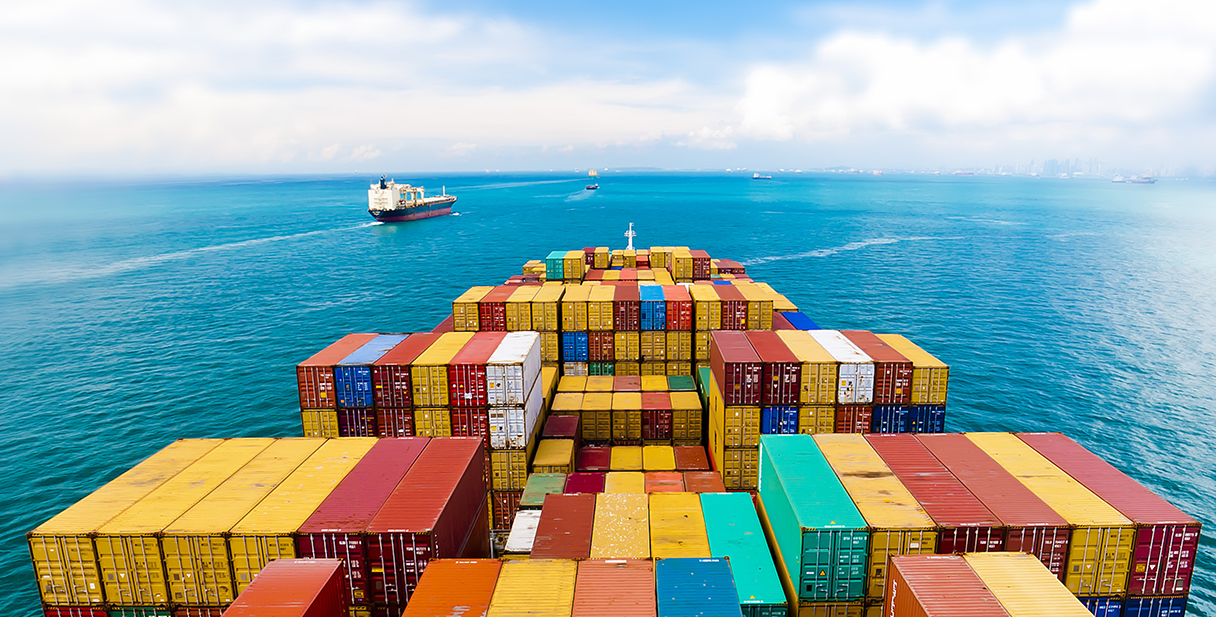Global Strategy: How to Take Your Brand Worldwide
September 13, 2021 Thrasio Staff
Thrasio VP of International June Zheng on what consumers want, winning your category, and why you need a hyper-focused game plan.
For most ecommerce brands, expanding internationally is no longer “optional”—it’s business critical. But how you enter a new market is a strong predictor of your success. Tax codes, cultural nuances, compliance laws, and global logistics are just a few of the barriers that make launching products abroad a tricky, and potentially risky, business.
June Zheng knows what you’re facing. As Thrasio’s Vice President of International, Zheng is charged with expanding Thrasio’s product portfolio globally. It’s a big job. Today, 86% of Thrasio’s 200-plus brands sell internationally. “Thrasio wants to be the leading player in ecommerce, and you can’t be a leading player unless you’re global,” Zheng says. Her advice for sellers looking to cross borders? For starters, take the time to get market smart.

We picked her brain on the state of ecommerce in international markets—and what sellers need to know to emerge as winners.
What’s the single most important piece of advice you’d give to Amazon sellers looking to introduce products in another country?
Do your research. Before you can get off the ground in any new market, there will be a big upfront investment of both time and capital. Both are necessary.
Where should sellers start when going international?
First, acquaint yourself with all the laws and regulations that pertain to selling in that country—taxes, product compliance, labeling, importation rules, there’s a lot. Seller Central has a lot of resources. They even have a series of on-demand educational sessions.
Your team creates exhaustive product launch plans that translate strategy into operational execution. What advice can you share with FBA sellers?
Launching your Amazon product in a new market isn’t something you can just dive into and see what happens. You need to develop a hyper-focused, organized game plan. Lay out your goals, milestones, and strategies to meet those goals. What does success look like for you in this market? What will be your timeframe for reevaluating and reconfiguring the strategies?
Then, think about the detailed tasks you need to accomplish for an organized launch. Say you’re launching in Europe. You don’t want to have your product sitting on a pallet incurring storage fees, only to find out you can’t sell it because you haven’t registered for VAT or your packaging is noncompliant.

There are a lot of nuances in consumer preferences in different countries. Germany is the second-largest Amazon market. What can you tell us about customers there?
German customers are very concerned about quality. They tend to read all of the information on the listings, and they want products that stand up to their claims. The second most important thing to a German customer is the delivery promise. So if it says it’s going to ship in one day, it better arrive in one day. And they’re willing to pay up for that.
In the UK, they are much more price sensitive. They love a good deal. They’re very reactive to coupons, discounts, and promotions.
Japan is known for having really beautiful brick-and-mortar stores with exceptional customer service. How does ecommerce entice Japanese customers?
Japanese customers value customer service and quality over everything, and that extends to the online experience. You need a beautiful listing where shoppers can experience the product virtually, get a feel for its quality, and purchase it seamlessly. Otherwise, they’re not going to shop online, no matter the cost savings or delivery promise.
As entrepreneurs ourselves, Thrasio embraces a “fail forward” culture, where we learn fast from mistakes and continually get better. Have any good fail forward stories for us?
Of course. When we did our initial market research in the UK, we got really excited about anything related to tea. We launched every tea kettle and teapot-related item in our portfolio in the UK.
They’ve performed just kind of ho-hum. It’s an intensely competitive category. We learned it’s not just about the sheer potential of a product or brand. You can’t assume your product in the U.S. will translate to the same ranking in other markets. You could have a lot more competition, and your product may not be differentiated enough.
Are there differences between Amazon seller dashboards and software in the U.S. versus international?
Amazon platforms outside of the U.S. can have limitations. You may not have the same operating tools you’re used to relying on. You can still leverage product images, A-plus content, deals, and promotions. Those are always important in any market. But analytical data may be sparse.
Any tips on getting ahead right after you launch a product?
Your product debut gives you a unique opportunity to drive rank and take your competitors by surprise. In the first couple weeks after you’ve launched and you have a beautiful listing, promote the hell out of it. Run promotions, a coupon, whatever you can to push your product. You want to catch competitors by surprise and quickly establish yourself in the category.

What resources do you suggest for launching and running international brands?
Helium 10 is a great tool for that and it’s available in most of the Amazon marketplaces, but not all. Seller Sprite, Jungle Scout, and Viral Launch are other options, depending on each country, that can help sellers get a predictive indicator of how a given product might do in a given country.
Thrasio is actively buying brands in the UK, Germany, China, and Japan. What are some of the things we look for in a brand in those markets?
For Thrasio, a healthy international brand is similar to what we look for in a brand that sells in the U.S. We always like to see high global reviews. But what a category or market leader means can be completely different for each marketplace. That threshold could be 4,000 reviews in Germany, but it could be 20,000 reviews in the UK, and 100,000 reviews in the U.S. So again, it really depends on the category and market.
How do you determine which countries to move into?
We thoughtfully consider if and when we’re going to expand in any market. We’re going to launch successfully, not go in and fall on our face. We look at where the Amazon marketplace is already operating of course. We also take into consideration the difficulties of entering a marketplace, such as language complexity, logistics, or geography.
Our brands are very global. As of today we’re selling on Amazon in Mexico, Canada, Germany, Spain, Italy, France, Sweden, the Netherlands, UK, Japan, and Australia. And there are many more to come.
Finally, the world has become more connected than ever before. Amazon has been a big part of that. How do you think global ecommerce markets have impacted our world?
Ecommerce has unlocked global connectivity. The web enabled people to connect in a way that borders no longer mattered. Then, ecommerce enabled the seamless sharing of products and brands across borders. We no longer think, “Oh I can only buy this product from this particular store. And that store isn’t in my state or my country.” The physical location of a store doesn’t matter anymore because you can access products from all over the world through ecommerce.
Thrasio’s hybrid work environment brings experts from all over the world to coordinate global supply chains, creative branding, marketing, customer service—people committed to building the consumer goods company of the future.
June Zheng is Vice President of International at Thrasio, the largest acquirer and operator of ecommerce brands worldwide. At Thrasio, Zheng leads a team that focuses on expanding Thrasio’s product portfolio globally.


